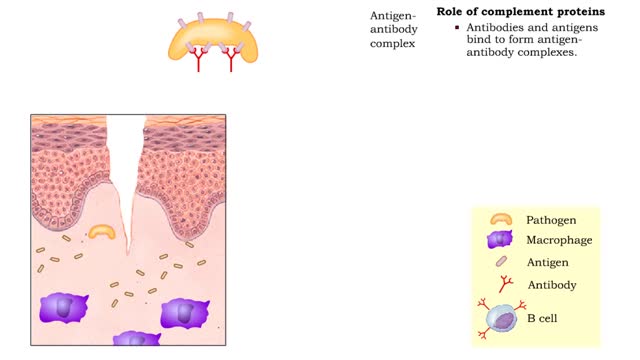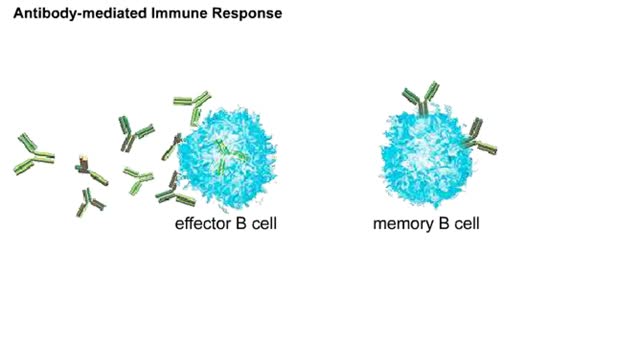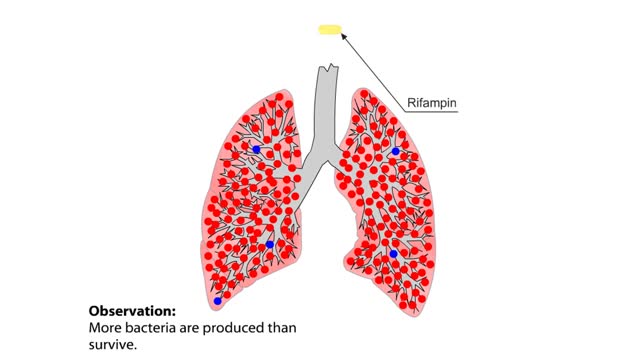Types of disease resistance: innate defenses & immunity
By: HWC
Date Uploaded: 11/22/2019
Tags: homeworkclinic.com Homework Clinic HWC Types of disease resistance homeostasis pathogens innate defenses immunity Antimicrobial substances antigen
Our immune system protects us and helps fight off disease. Microorganisms, small microscopic organisms, and viruses are everywhere. Ever thought about how many are on that door you just opened? Many microbes and viruses can cause disease and are termed pathogens. Plants and animals have what is called innate immunity. Innate immunity is the first line of defense against pathogens. It involves several cell types, proteins, and even an organ. The organ involved is your skin. Yes, skin is part of the first line of defense. It protects you and prevents pathogens from getting inside your body. • Maintaining homeostasis requires the body to resist infection by pathogens. • The two general types of disease resistance are: • Non-specific (innate defenses). • Specific (immunity). • Non-specific defense mechanisms: • Present at birth. • Act rapidly. • Provide general protection against infections. • Mechanisms include: • Barriers. • Antimicrobial substances. • Phagocytosis. • Inflammation. • Fever. • Specific defense mechanisms: • Develop in response to a particular foreign cell or substance (antigen). • Need time to build up each time a new antigen exposure occurs. • Protect very effectively against a particular invader. • Specific defense mechanisms include: • Cell-mediated immunity. • Antibody-mediated immunity.
Add To
You must login to add videos to your playlists.
Advertisement












Comments
0 Comments total
Sign In to post comments.
No comments have been posted for this video yet.